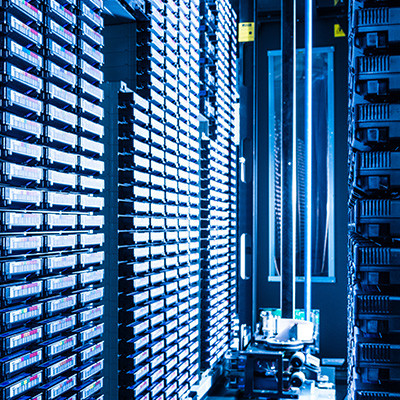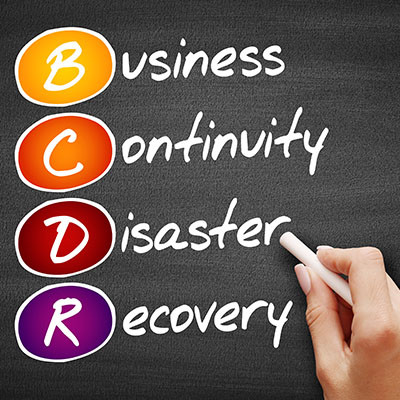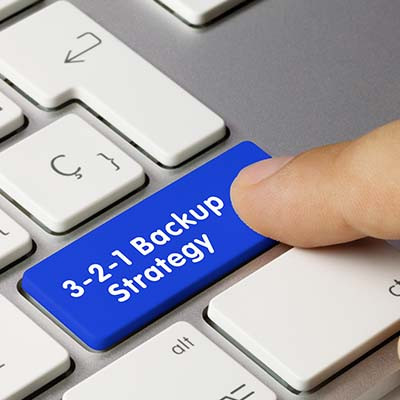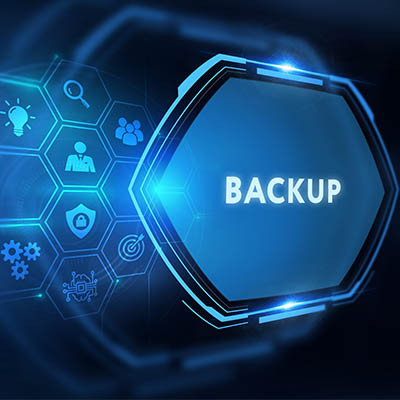When it comes to your business’ data backup and disaster recovery, you want to have clear outcomes that you aim for, as well as metrics that help you gauge success. Today, we want to highlight some of the most important metrics associated with data backup and disaster recovery, as well as the importance of testing your systems. Trust us when we say that a solid data backup and disaster recovery strategy is crucial to the success of any business—including yours.
BlackCSI Blog
Tape backup has been used for a long time, and it was once the most prominent solution for data backup out there. Nowadays, it’s not used much at all, mostly in favor of better and more convenient solutions. However, there has been a slight resurgence in tape backup, so we want to look at why some companies might still use it, despite its flaws.
Data and technology drive modern business, and as such, data backup and disaster recovery are crucial to the continued success of any organization. There is so much at risk that it would be counterproductive to ignore these unforeseen disasters. Disaster Recovery as a Service, or DRaaS, is an effective way to combat the omnipresent threat of data loss.
Technology is center-stage in today’s business world, and when all it takes is a disaster to end operations for many businesses, it suddenly becomes incredibly important to have contingency plans in place… you know, just in case. Let’s go over how you should build an effective disaster recovery plan, as well as how to assess your company’s needs.
If you’ve spent any amount of time around us, you’ve probably had the importance of data backup and disaster recovery preparation preached to you—probably more than once. However, as closely associated as the two are, they are not the same. Let’s explore the critical differences between these two processes so you can be fully prepared to attend to both.
While we might like to think that all computer problems are an easy fix, there is only so much you can do in certain circumstances. That being said, having a couple of computer maintenance “hacks” under your belt can make things loads easier for you when you do have to get your computer repaired. Here are some tips to consider before it’s time to get your computer repaired.
We often use the term “redundant” to describe technology, and it’s easy to see this word and think about it in a negative way. However, in business technology, the exact opposite is true, and redundancy is widely seen as not just an important component of any successful IT strategy, but a critical one. What does redundancy mean to your business technology, and how can you make sure you implement it in the appropriate way?
One of the best investments you can make in your IT infrastructure is implementing a data backup and disaster recovery solution. Not only is it a crucial part of any business continuity plan, but it also helps to future-proof your business in the event of a potentially disastrous scenario. There are three big reasons why you should consider implementing data backup and disaster recovery, and if you fail to do so, you are putting your company at risk for no real reason.
How does your business leverage data backup? Depending on the way your business functions and your specific needs, your data backup solution will vary from other organizations in your industry. Yet, one thing is absolutely certain, and it’s that your organization can’t afford to not implement some type of data backup system. In the event of a data loss scenario, you won’t want to be left wondering if you could have prevented it with a little proactive action.











